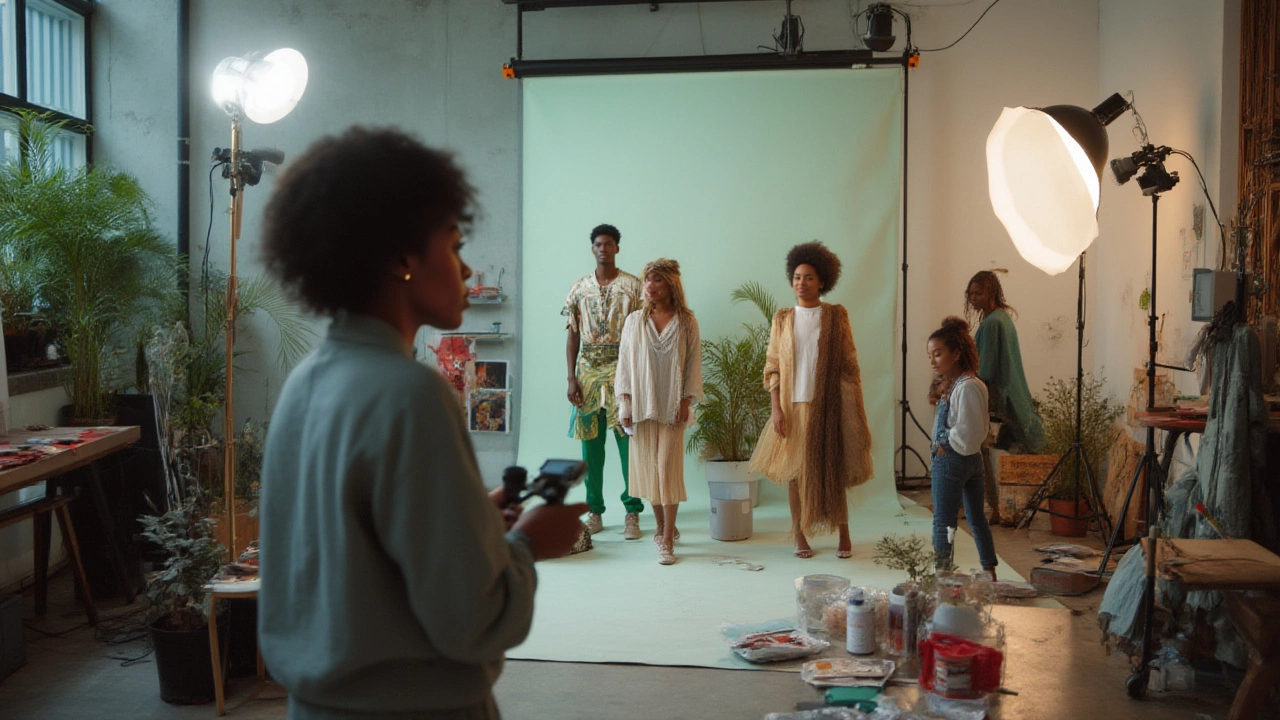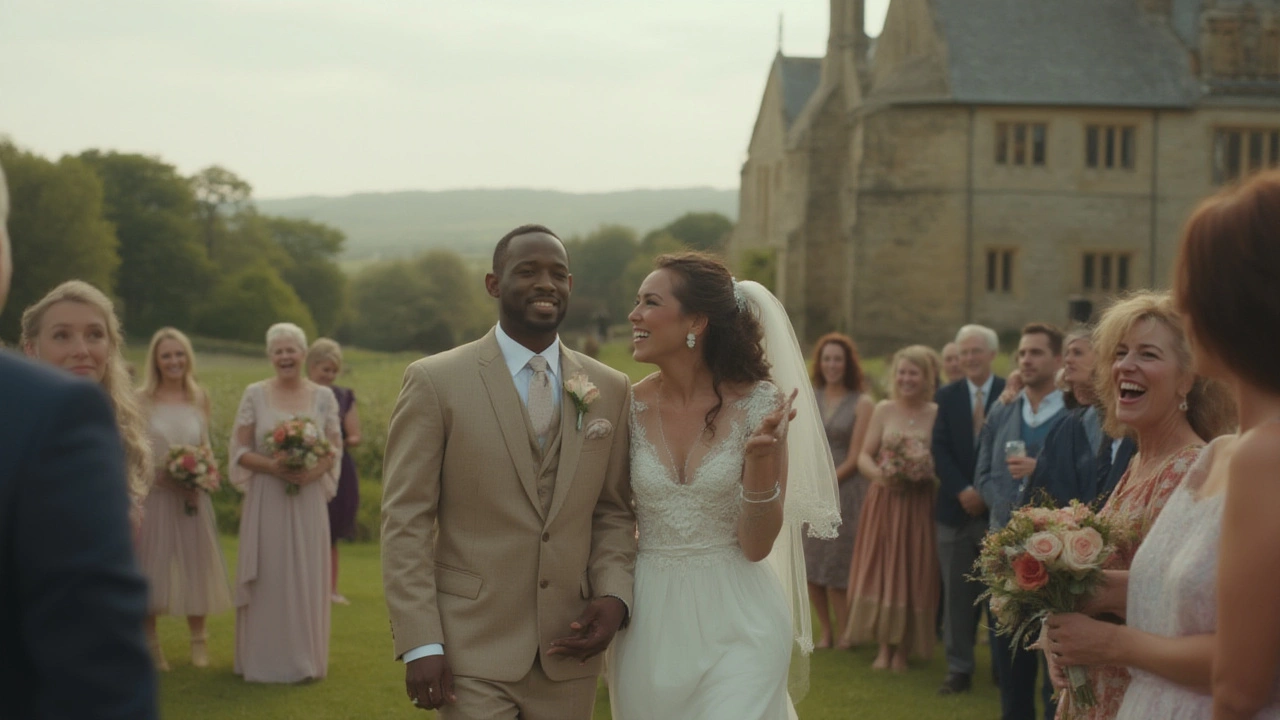Struggling to figure out which type of photography is actually worth your time? Let’s rip the bandage off: you could take the most beautiful photos on earth, but if you pick the wrong lane, chances are, nobody’s lining up at your door. Two decades ago, portrait studios ruled mall corners. Now, everyone’s got a decent camera in their pocket—but that’s just made some kinds of pro work even more prized and others nearly obsolete. Here’s what’s catching fire right now, what clients really crave, and how the pros are staying booked solid through 2025.
Why Some Photography Genres Dominate the Market
Not every photo gig pays the bills, and some don’t even come close. Wedding photography? That one’s been a gold mine for ages, but it’s also fiercely competitive. Meanwhile, social media has turned product shooters and portrait wizards into overnight sensations, all because brands need to churn out compelling images on a weekly—sometimes daily—basis. Actually, a 2024 report from Statista put product photography at the top of "most requested photo services" worldwide, especially for ecommerce brands battling for those thumb-stopping moments online. Talk about supply and demand—here’s what’s really swinging the market right now:
- Commercial and product photography: Brands need slick, scroll-worthy shots to move products. Amazon, Etsy, Shopify—every seller is hungry for imagery that converts.
- Event and wedding photography: No matter how many iPhones guests carry, nothing beats a pro’s touch for life’s biggest moments.
- Real estate photography: It exploded post-2020, once folks realized they could buy a house by just swiping through crisp, wide-angle shots.
- Personal branding and social media portraits: Influencers, CEOs, and freelancers all need eye-catching photos for LinkedIn, Instagram, and dating apps.
- Drone and aerial photography: Construction, tourism, even agriculture companies are finally realizing you can’t always get the big picture from the ground.
Each of these genres offers something clients can’t easily duplicate at home. High-end flashes, editing magic, or just knowing where to be when the moment pops—all of that keeps real photographers in business.
What Clients Are Actually Searching For: The Hard Numbers
This isn’t all just hunches and guesswork. According to Adobe’s June 2025 Creative Industry Trends report, the highest volume of posted photography jobs last year broke down like this:
| Photography Genre | Share of Posted Jobs (2024-2025) |
|---|---|
| Product/Commercial | 26% |
| Portrait/Personal Branding | 21% |
| Event/Wedding | 18% |
| Real Estate | 14% |
| Drone/Aerial | 11% |
| Others | 10% |
Craziest part? Personal branding gigs grew 40% over the past two years. That’s tons of solo entrepreneurs, coaches, and creators looking to stand out among faceless competitors. TikTok and Instagram are driving constant churn, so even someone like my barber needs headshots for his profile these days.
Product photography, on the other hand, just keeps ballooning. Blame it on online shopping: retailers found that pro-level images boost conversion rates by 30-50%, and that’s straight from a 2024 Shopify Partner report. Nobody’s shelling out for muddy, dim shots when a $300 session can get their item noticed.

What Makes a Photography Specialization ‘In Demand’?
Think the secret’s just snapping pretty pictures? Not even close. Demand comes from what people or companies must have, not what’s nice to own. For example, if a real estate agent’s listings look better than their rivals, those houses move faster. A product that looks irresistible gets more clicks. That’s money on the table—and nobody dares wing this with an iPhone when big bucks are in play.
Let’s talk tech for a second. AI editing tools, new hybrid cameras, even drone tech—they’ve all raised the floor, not the ceiling. Clients expect perfectly lit, razor-sharp shots, backgrounds swapped in a flash, or 360-degree virtual tours. This means a photographer can carve out a niche if they master the latest tools and trends. For example, those good with 3D rendering are cleaning up in architectural photography, because construction firms now want immersive portfolios, not just static exteriors.
Then there’s speed. Brands and clients want everything "now." That’s helped photographers who know how to run lean, edit fast, and promise quick turnarounds. If you’ve got a killer workflow—think cloud-based Lightroom syncing or a speedy retouching rig—you’re more likely to win repeat jobs.
One unexpected hit? Pet photography. Believe me, my dog Simba has posed for more shots than I ever did as a kid, and clients treat fur baby portraits almost like family heirlooms. Instagram’s obsession with animals means this market keeps growing, especially in urban centers.
New Niches Emerging: Where To Look Next
If you want to future-proof your portfolio, stay alert to shifts that barely existed five years back. Content marketing agencies are now hiring food photographers to create TikTok campaigns for fast-casual chains. Medical imagers and legal consultants also need expert shooters to document everything from injuries to accident scenes for courtrooms (not the most glamorous, but pays surprisingly well).
Virtual events demand new kinds of photographers, too—a mix of videographer, livestream guru, and social reel creator. Companies hosting hybrid summits or concerts are willing to pay for someone who can deliver both staged event photos and Instagram-ready reels on the fly.
Let’s not overlook sustainability and adventure travel. Eco-tourism boards and “green” product launches need stunning nature images. Underwater and wildlife specialists are suddenly seeing agencies reach out for authentic, untouched moments. And don’t shrug off NFT art photography, either. In 2025, some digital artists are making silly money selling exclusive, limited-run photo art to crypto collectors.
Here are a few new directions people are milking for profit in 2025:
- VR and 3D interactive photography for virtual home tours
- Authentic, unfiltered documentary photography for non-profits and activism
- Personal story shoots—clients want milestone moments beyond weddings, like recovery from illness or celebrating sobriety
- Handcrafted analog film shoots for brands wanting a vintage vibe
Each mini-niche has room for one more hustler. So if you’ve got an angle, don’t sit on it.

How Photographers Stand Out In a Crowded Market
With every other person calling themselves a photographer, standing out boils down to a combo of skill, speed, and connection. I’ve learned that fast edits, creative approaches, and a knack for putting folks at ease makes all the difference. The best pros, the ones booked months out, all bring something extra: maybe it’s their drone pilot license, or maybe they’re wizard-level at turning nervous CEOs into natural posers.
Here’s what can move the needle:
- Building a killer, focused portfolio—show off only your sharpest work in the most in-demand genres
- Learning every relevant tool—a little drone video, some retouching magic, quick social media teasers
- Snappy turnaround—top pros deliver sneak peeks in hours, not weeks
- Personal brand—same rules as clients: a sharp website, regular social content, and a story people remember
- Dogged follow-up—don’t ghost inquiries or let leads die in your inbox
- Staying current—try out new shooting styles, editing trends, or platforms before they get saturated
If you want a practical edge, join groups—online and in the real world. Networking still opens the most doors; it’s how I landed my first real estate photo gig, just chatting with a local agent at a friend’s BBQ. And you never know when you’ll bump into your next client just by taking Simba to the park.
One last tip: Payment. Don’t be shy about your rates, but always offer a little extra—an extra print, a bonus retouch, or friendly future discounts—that’s how you rack up rave reviews and referrals.
The photography landscape in 2025 keeps morphing. But if you pick an in-demand niche, learn fast, and hustle smart, there’s plenty of space at the top for people who still love the chase and can spot magic in the moment.







